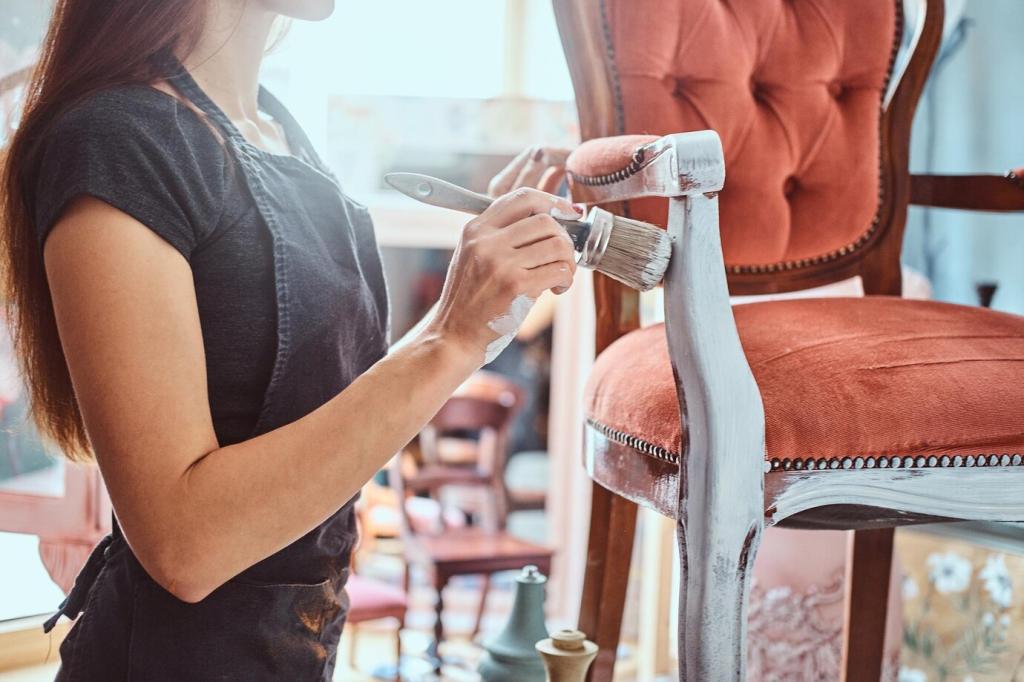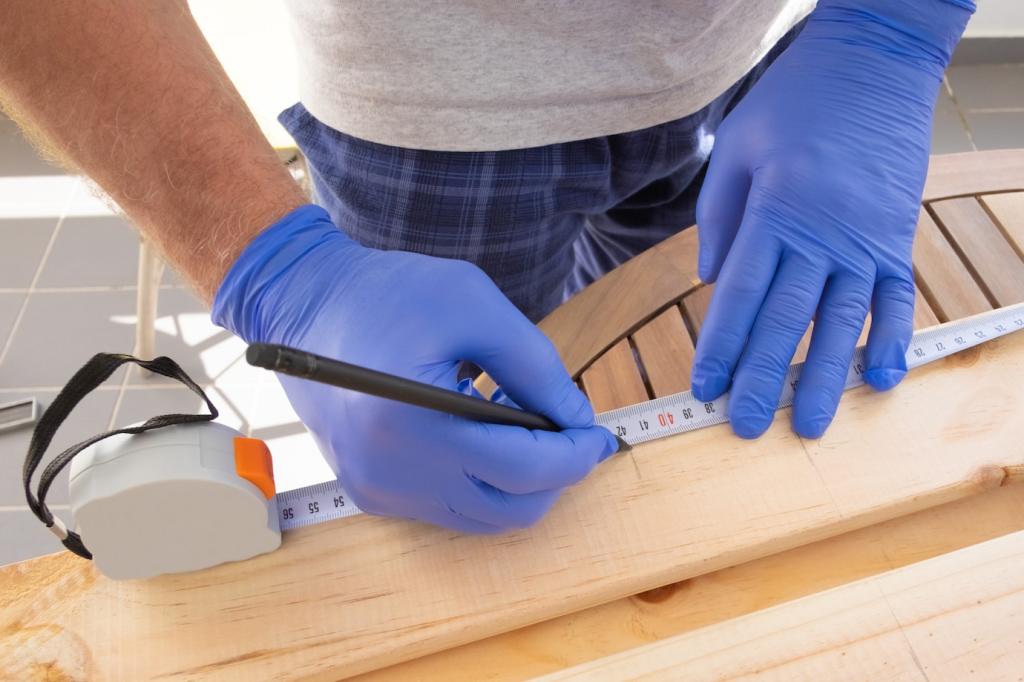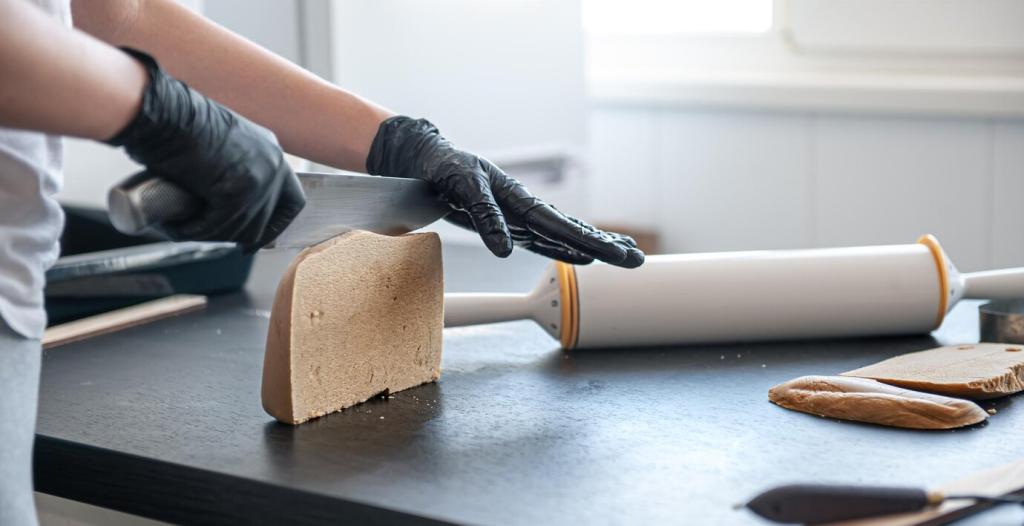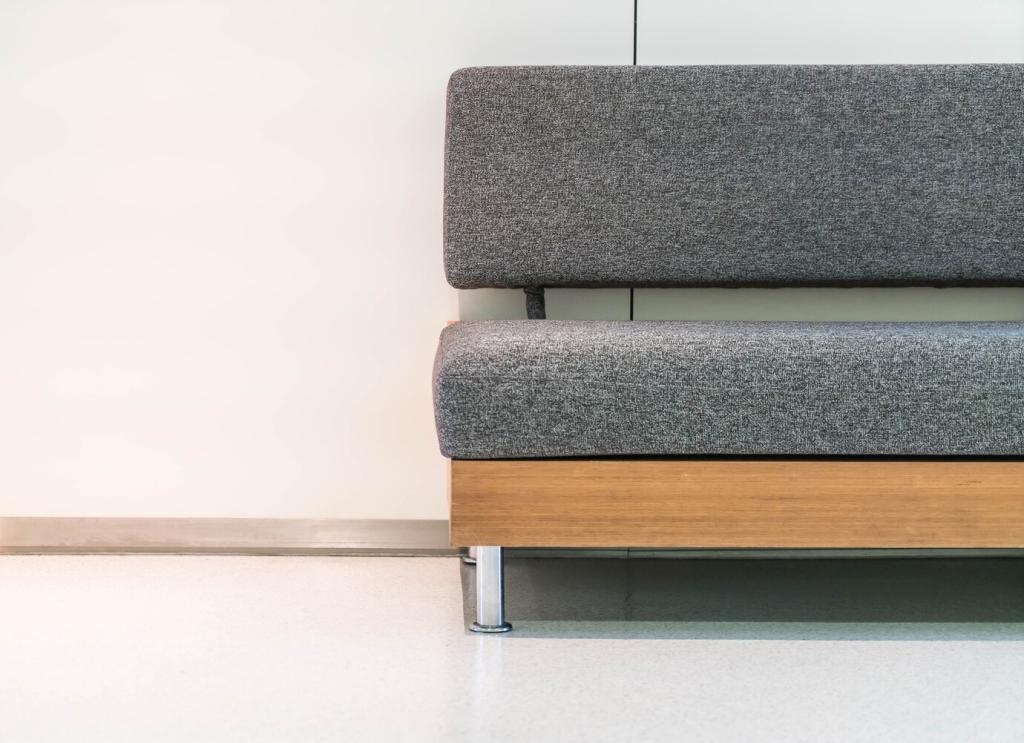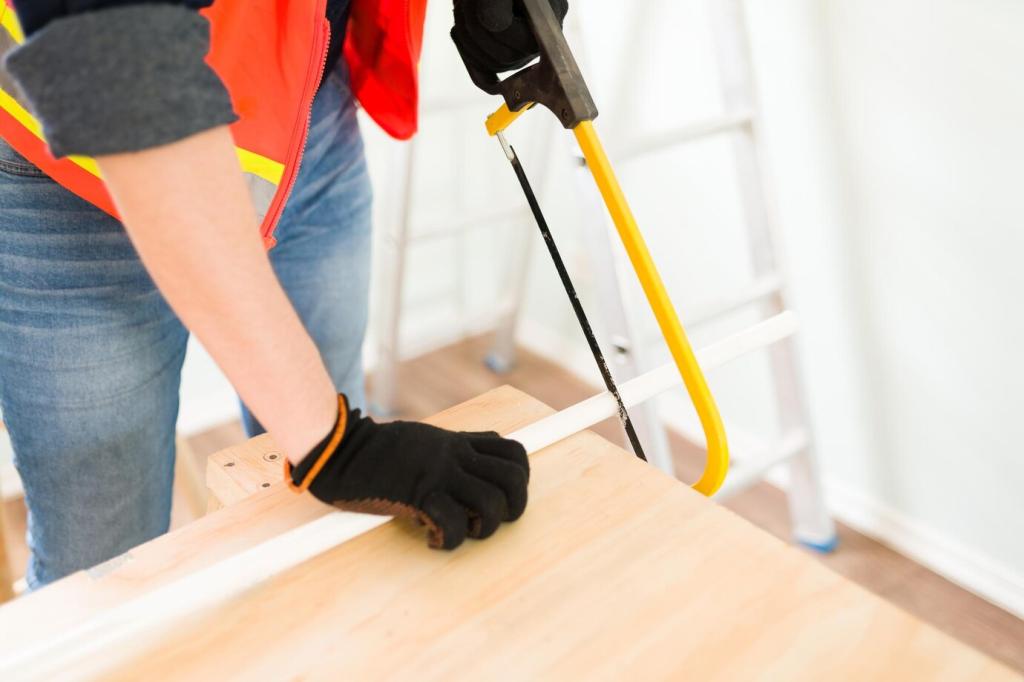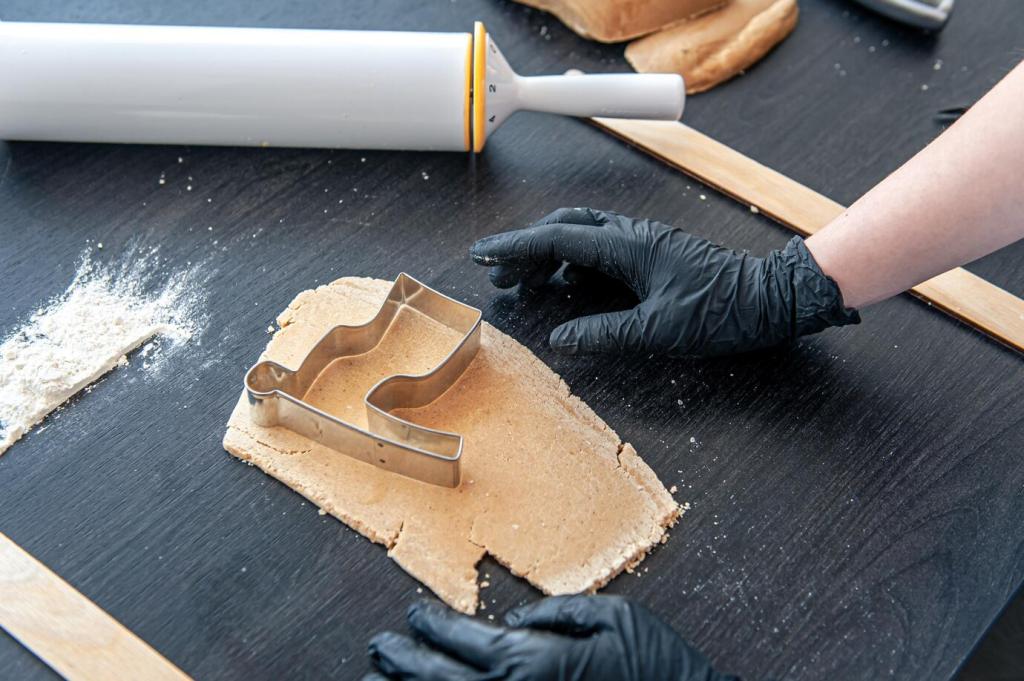Know Your Wood: Species, Grain, and Movement
Oak, maple, and walnut resist dents better than pine or cedar, which means fewer visible scars over time. That does not make softwoods inferior—it just means you should plan for gentle use and protective habits. Ask your maker or check labels to identify your wood species, then tailor your care routine accordingly. Share your furniture’s species in the comments so we can suggest targeted care tips.
Know Your Wood: Species, Grain, and Movement
Furniture lives longer when the grain direction and joinery match how wood wants to move. Mortise-and-tenon joints and dovetails flex with seasonal shifts, reducing cracks and wobbles. Look underneath tables and inside drawers: tidy joinery and smooth grain orientation often predict fewer repairs. If you discover mismatched or failing joints, schedule early maintenance before the stress widens and weakens your heirloom.



